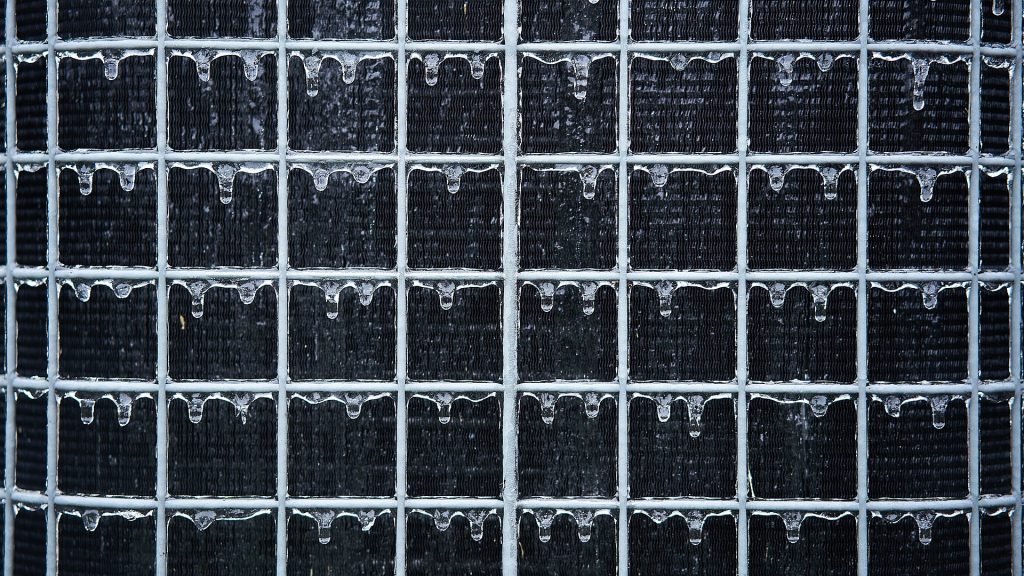Steam traps are a vital part of any HVAC system. They are designed to remove condensate and air from steam lines, which helps improve the system’s efficiency. It can lead to costly repairs or replacement if it is not working correctly. That is why it is essential to test steam traps regularly to ensure they function correctly.
What Are Steam Traps and What Do They Do?

It is an essential component of any steam heating system. They aim to remove condensation from the steam line while allowing steam to pass through. It comes in various designs, but all operate on the same basic principle.
When steam enters the trap, it comes into contact with a cooling element, such as a metal or water coil. This causes the steam to condense, forming water droplets into a drain pan. At the same time, the cooling element lowers the pressure inside the trap, allowing steam to flow through.
Condensate can build up in a steam line over time, so it’s essential to have a steam trap in place to remove it and keep the system running efficiently. There are many types of steam traps on the market, so it’s essential to choose one that is well-suited for your particular application.
The Importance of Steam Trap Testing
Maintain the Quality of Your Product
If you are in the food or beverage industry, then you know how important it is to maintain the quality of your product. If your steam traps are not functioning correctly, then it can lead to the contamination of your product. This can result in recalls and a loss of customers.
Reduce Energy Costs
If it is not functioning correctly, you will likely lose a lot of energy. This is because the steam escaping your traps is not used to heat your product or power your machinery. By having your steam traps tested, you can reduce your energy costs and improve your bottom line.
Improve Safety in the Workplace
If steam is escaping from your traps, it can create a safety hazard in the workplace. Steam can be very hot and cause burns if it comes into contact with the skin. In addition, if there is a lot of steam in the air, it can create an explosion hazard. By having your steam traps tested, you can help improve workplace safety.
Prevent Downtime
If it is not functioning correctly, your production line can experience downtime. This downtime can be costly, resulting in lost production and revenue. Testing your steam traps can help prevent downtime and keep your production line running smoothly.
Extend the Life of Your Equipment
If you have well-maintained steam traps, they can extend the life of your equipment. Well-maintained steam traps will not subject your equipment to excessive wear and tear. In addition, by having well-maintained steam traps, you will also reduce the need for repairs and replacements.
How to Test a Steam Trap?
There are several ways to test it.
Use a Pressure Gauge
One method is to use a pressure gauge.
Attaching the Pressure Gauge
To attach the pressure gauge to the inlet side of the steam trap, turn off the steam and allow the system to cool. Once cooled, disconnect the inlet connection and attach the pressure gauge. Make sure that the connection is secure before turning on the steam.
Interpreting the Readings
Once you have turned on the steam, observe the reading on the pressure gauge. The pressure should decrease as condensate is removed from the line. If there is no change in pressure or the reading on the pressure gauge increases, this indicates a problem with your steam trap. In this case, it will need to be repaired or replaced.
Check the Temperature of the Outlet Pipe
Finally, you can also test for proper function by checking the temperature of the outlet pipe. The best way to test a thermostatic steam trap is to check the temperature of the outlet pipe with a temperature-sensitive device, such as a thermocouple or infrared camera. If the steam trap works appropriately, the outlet pipe should be at least 180 degrees Fahrenheit.
To check the temperature of an outlet pipe, follow these steps:
- Turn off all sources of heat in the steam system. This includes boilers, heat exchangers, or other devices that generate heat.
- Locate the outlet pipe for the steam trap you wish to test. The outlet pipe will be connected to the inlet side of the trap and will usually be located near the boiler or heat exchanger.
- Attach your temperature-sensitive device to the outlet pipe. Ensure the device is designed for steam systems and can withstand high temperatures.
- Turn on all heat sources to the steam system and allow the system to reach operating temperature.
- Check the reading on your temperature-sensitive device. It works appropriately if the outlet pipe is 180 degrees Fahrenheit or higher.
- If the outlet pipe is not at least 180 degrees Fahrenheit, your steam trap is not working correctly and should be replaced or repaired.
What to Do If There is a Problem With Steam Trap?
If you find a problem with your equipment, it is vital to have it repaired or replaced as soon as possible. The longer you wait, the more damage can be done to your equipment, and the more money you will lose due to downtime and lost production.
It is also essential to schedule steam trap maintenance regularly. This can help prevent problems from occurring and ensure that your equipment runs smoothly.
By having your steam traps tested regularly and making necessary repairs or replacements, you can improve the efficiency of your HVAC system and prevent costly downtime. Don’t neglect this vital aspect of HVAC maintenance – keep your steam traps in good working order.
Conclusion
It plays an essential role in any HVAC system by removing condensate and air from steam lines. This helps improve system efficiency and prevents costly repairs or replacements. It is crucial to monitor steam traps to ensure they function correctly.
Pressure gauges, listening for leaks, and checking outlet pipe temperatures are all methods that can be used to test for proper function. By testing steam traps regularly, you can help keep your HVAC system running smoothly for years.





